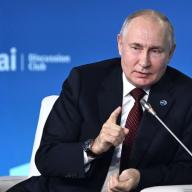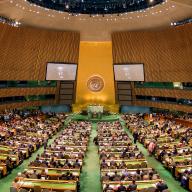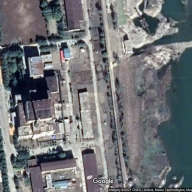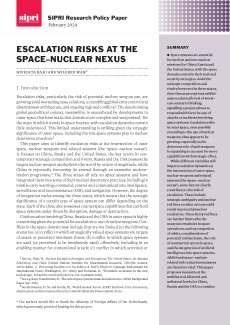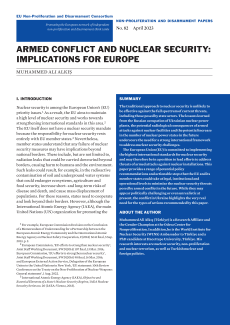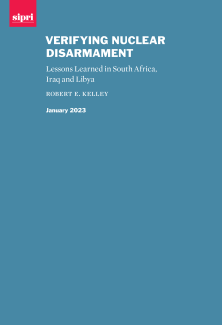Archived research
This page is for historical purposes and is no longer maintained
World nuclear forces
Nuclear weapons remain uniquely dangerous because they are uniquely destructive. Since SIPRI’s founding in 1966, one of the institute’s main tasks has been to promote greater transparency in global nuclear armaments in order to contribute to an informed public discussion about ways to control and eventually eliminate these weapons.
SIPRI tracks the trends and developments in nuclear forces and doctrines, with a particular focus on monitoring global inventories of nuclear weapons. This work involves preparing estimates of the numbers and types of warheads and associated delivery vehicles held by each of the nine known or suspected nuclear weapon-possessing states. The estimates and accompanying data is published in the SIPRI Yearbook and is released annually to the media. In addition, SIPRI’s work involves monitoring national nuclear weapon capabilities over time as states make quantitative and qualitative changes to their nuclear arsenals.
SIPRI’s nuclear weapon data is based exclusively on publicly available, open-source material. This includes official sources (government White Papers, parliamentary and congressional publications and official statements) as well as secondary sources (news media reports and periodicals, trade journals). In some cases, estimates of nuclear weapon inventories are based on what is known about the technical capacities of specific facilities, from which it is possible to extrapolate production capabilities.
Click here to read a description of how SIPRI estimates world nuclear forces.




